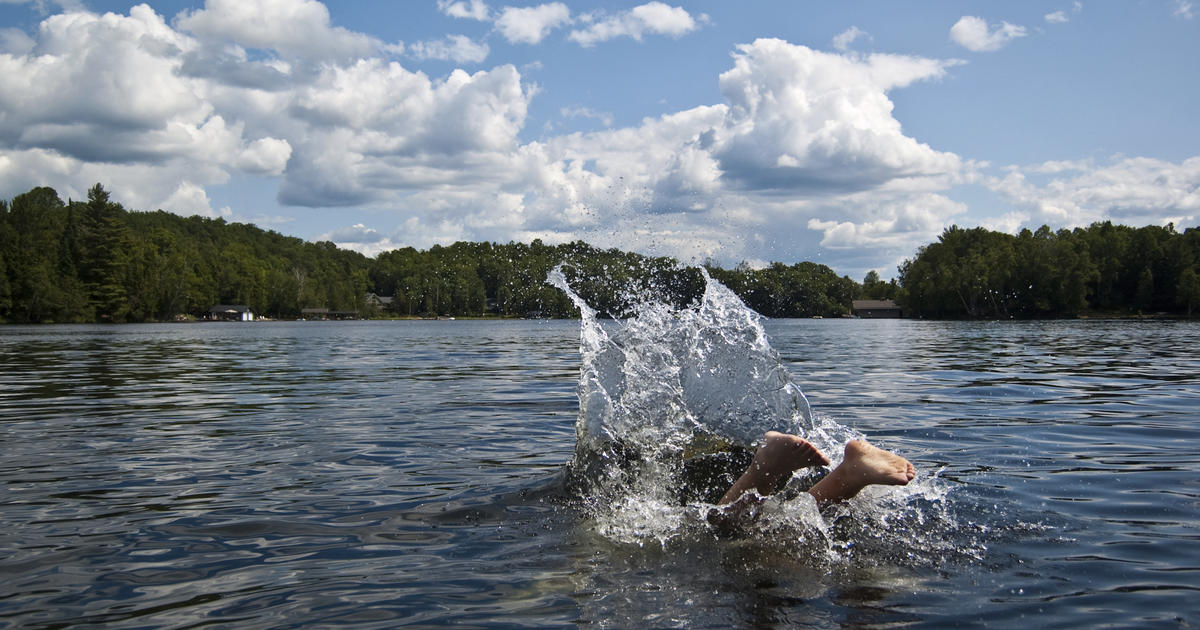Causes And Risk Factors Of Swimmer's Itch
Swimmer's itch, also known as cercarial dermatitis, is an allergic reaction to parasites that contaminate both fresh and salt water through infected snails. Individuals who swim in lakes, streams, ponds, and oceans may come into contact with the parasite, which buries itself into the skin of the swimmer. As the parasite feeds on the skin of the swimmer, an allergic reaction occurs in the form of a rash, along with burning, itching, and the formation of small blisters. Symptoms usually onset fairly quickly and can happen within minutes of contact with infested water. Although most cases of swimmer's itch do not require medical intervention, some treatments can help minimize the symptoms of pain and irritation.
Of course, understanding swimmer's itch starts with knowing its causes and risk factors.
Exposure To Parasites

The most common cause for swimmer's itch is exposure to parasites while swimming or coming into contact with infested waters. Frequent swimming in bodies of water associated with frequent contamination, such as ponds, streams, and lakes, increases an individual's risk for contracting the parasite. Frequent exposure to parasites also increases an individual's risk of serious symptoms that require medical intervention, such as a rash lasting longer than three days and infection. Individuals may also be exposed to the parasites that cause swimmer's itch by coming into contact with ducks, geese, gulls, beavers, muskrats, or their droppings. To minimize the risk, it is suggested individuals avoid swimming in bodies of water frequented by large amounts of birds and to avoid feeding ducks and geese.
Keep reading to reveal more risk factors and causes of swimmer's itch.